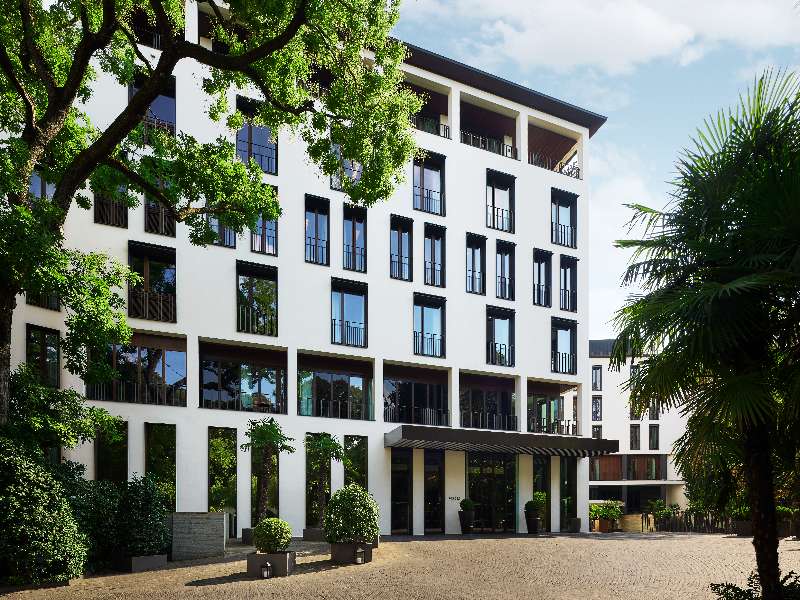From his early studies at the Accademia di Brera to his studio on Corso Monforte, which he only left in 1968 to move to Comabbio, there is a notable and extraordinarily fruitful tie that links the master of the “cut-up” with the city of Milan. This connection between the City and the Argentinian artist, Milanese by choice, began when the young Lucio was sent to study in Italy, entrusted to his uncle in Castiglione Olona, in the province of Varese. The tie would grow stronger in 1927 with his inscription to the Accademia di Brera and his subsequent diploma in 1930 under the guidance of Adolfo Wildt. The influence of this Master is still to be seen in numerous creations for the Cimitero Monumentale of Milan. And, of course, the founder of the Spatialist Movement owes much of his success to Milan with his first personal exhibition at the Galleria del Milione in 1930 where, with his Uomo Nero (1930), he began moving away from his master. His experiments in form continued in 1940 with his first so-called “environmental” work - the frieze Volo di Vittorie on the ceiling of the Sacrario dei Martiri Fascisti, in Piazza San Sepolcro. After the first Manifesto of Spatialism, yet another Gallery, this time that of Naviglio, bears witness to yet another success - the emblematic Ambiente Spaziale a Luce Nera, where a series of fluctuating phosphorescent elements were attached to the completely black ceiling of the exhibition space. 1949 ended with his participation in the contest to design the 5th Door of the Duomo of Milan, announced by the Veneranda Fabbrica del Duomo. His model stood out for its originality, its depicted episodes flowing in a loose narrative, suggesting a truly new sort of art. The monumental Assunta Altarpiece is just one of the many works created by Fontana for the Veneranda Fabbrica. In 1963, the Galleria dell'Ariete exhibited Fine di Dio, a series of oval canvases, monochrome or covered with sequins, marked by holes and lacerations. 1966 is a year of huge international successes, from the Walker Art Center of Minneapolis to the Marlborough Gallery in New York. Only two years later, the artist would leave his beloved Milan for good, heading to Comabbio, never to return.
Samantha De Martin - © 2020 ARTE.it for Bulgari Hotel Milano


























